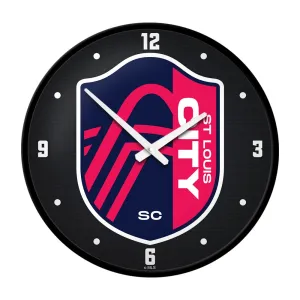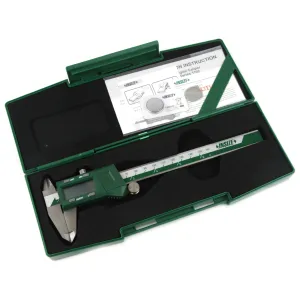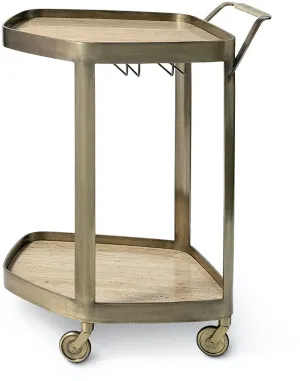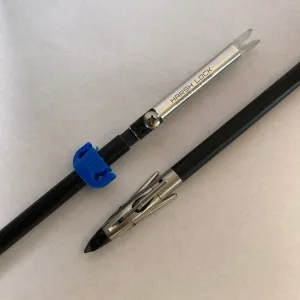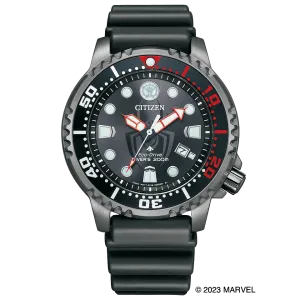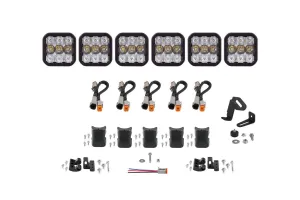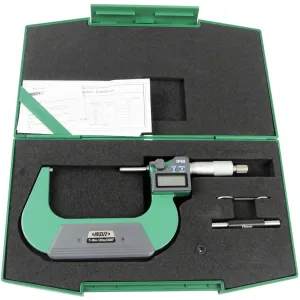*NOTE: This record was not noisy enough to rate our M-- to EX grade, but it's not quite up to our standards for Mint Minus Minus either. If you're looking for quiet vinyl, this is probably not the best copy for you.
This early Deram British import LP has outstanding sound and reasonably quiet vinyl. It has higher resolution, is more dynamic, sweeter and clearer than practically all other copies, without sacrificing the richness, warmth and lushness for which the Moody Blues recordings are justifiably famous. I’ll put it this way -- this pressing is correct from top to bottom, so present and alive, while still retaining all the richness and sweetness we expect from British Moody Blues records.
This copy has all the elusive elements that we search for: vocal clarity, real weight down low, great energy, tight punchy bass, and lots of texture to the keyboards and synths. This copy is full of Tubey Magic and, importantly, it doesn’t sound too murky or muddy. That’s a neat trick for any copy of this album, as those of you who’ve been playing it for years certainly know by now.
If you exclusively play modern repressings of vintage recordings, I can say without fear of contradiction that you have never heard this kind of sound on vinyl. Old records have it -- not often, and certainly not always -- but maybe one out of a hundred new records do, and those are some pretty long odds.
What The Best Sides Of In Search of the Lost Chord Have To Offer Is Not Hard To Hear
- The biggest, most immediate staging in the largest acoustic space
- The most Tubey Magic, without which you have almost nothing. CDs give you clean and clear. Only the best vintage vinyl pressings offer the kind of Tubey Magic that was on the tapes in
- Tight, note-like, rich, full-bodied bass, with the correct amount of weight down low
- Natural tonality in the midrange -- with all the instruments having the correct timbre
- Transparency and resolution, critical to hearing into the three-dimensional studio space
No doubt there's more but we hope that should do for now. Playing the record is the only way to hear all of the qualities we discuss above, and playing the best pressings against a pile of other copies under rigorously controlled conditions is the only way to find a pressing that sounds as good as this one does.
Balance
Achieving just the right balance of Tubey Magical, rich but not too rich "Moody Blues Sound" is no mean feat. You had better be using the real master tape for starters. Then you need a pressing with actual extension at the top, a quality rarely found on most imports. Finally, good bass definition is essential; it keeps the bottom end from blurring the midrange. No domestic copy in our experience has ever had these three qualities, and only the best of the imports manages to combine all three on the same LP.
On the best of the best, the clarity and resolution comes without a sacrifice in the Tubey Magical richness, warmth and lushness for which the Moody Blues recordings are justifiably famous. In our experience the best LPs are correct from top to bottom, present and alive in the midrange, yet still retain the richness and sweetness we expect from British (and Dutch) Moody Blues records. They manage, against all odds, to remove the sonic barriers put up by most pressings of the Moodies’ unique music. Who knew, after so many years and so many bad records, that such a thing was even possible?
What We're Listening For On In Search of the Lost Chord
Here are some of the things we specifically listen for in a late-60s Pop/Rock record.
Our hottest Hot Stamper copies are simply doing more of these things better than any of the other copies we played in our shootout. The best copies have:
- Greater immediacy in the vocals (most copies are veiled and distant to some degree)
- Natural tonal balance (many copies are at least slightly brighter or darker than ideal; those with the right balance are the exception, not the rule)
- Good solid weight (so the bass sounds full and powerful)
- Spaciousness (the best copies have wonderful studio ambience and space)
- Tubey Magic, without which you might as well be playing a CD
- And last but not least, transparency, the quality of being able to see into the studio, where there is plenty of musical information to be revealed in this sometimes simple, sometimes complex and sophisticated recording.
Vinyl Condition
Mint Minus Minus and maybe a bit better is about as quiet as any vintage pressing will play, and since only the right vintage pressings have any hope of sounding good on this album, that will most often be the playing condition of the copies we sell. (The copies that are even a bit noisier get listed on the site are seriously reduced prices or traded back in to the local record stores we shop at.)
Those of you looking for quiet vinyl will have to settle for the sound of other pressings and Heavy Vinyl reissues, purchased elsewhere of course as we have no interest in selling records that don't have the vintage analog magic of these wonderful recordings.
If you want to make the trade-off between bad sound and quiet surfaces with whatever Heavy Vinyl pressing might be available, well, that's certainly your prerogative, but we can't imagine losing what's good about this music -- the size, the energy, the presence, the clarity, the weight -- just to hear it with less background noise.
Track Commentary
The Tracklist tab above will take you to a select song breakdown for each side, with plenty of What to Listen For advice. Other records with track breakdowns can be found .


